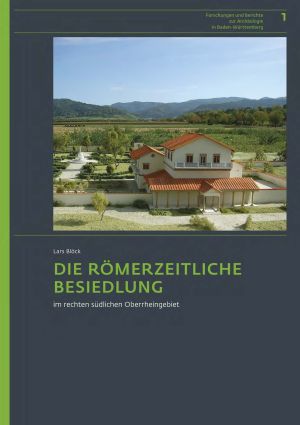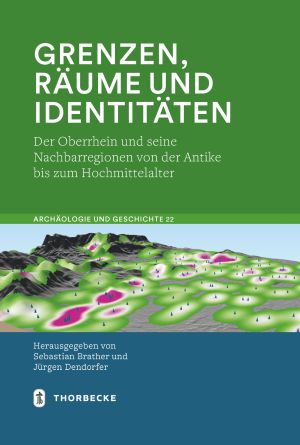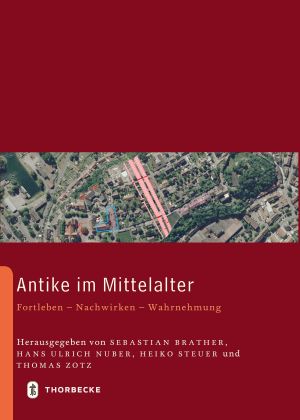Blöck, Lars
Die römerzeitliche Besiedlung im rechten südlichen Oberrheingebiet
Written as a doctoral thesis at the University of Freiburg, the volume investigates the Roman settlement in the southernmost section of the right side of the Upper Rhine region between Kaiserstuhl, Black Forest and the river Alb, a tributary of the High Rhine. The extensive study is based on a catalogue collection and evaluation of the more than 750 Roman sites that are known from the region. Following a critical assessment of sources, the analysis first deals with the settlement types and streets which subdued and developed the landscape. The focus is on questions of derivation, development and the economic basis of settlements. The study is completed by a reconstruction of the settlement processes on the right side of the Upper Rhine valley starting with the expansion of Rome into the region shortly after the begin of the common era until the end of the Roman Empire in the 5th century AD.
Grenzen, Räume und Identitäten: Der Oberrhein und seine Nachbarregionen von der Antike bis zum Hochmittelalter
A new, preferably unbiased view of spatial structures proves to be a decisive prerequisite for freeing research from rigid assumptions and models. This makes it possible to replace previous and necessarily highly simplified dominant narrative with complex reconstructions. Beyond large lines, spatial relationships and structures prove to be flexible and changeable. The contributions collected in this volume underline how different approaches and perspectives can be, even when they deal with the seemingly self-evident "space". In this opening beyond deterministic concepts and conceptions of space, which geography has long since completed, there are new opportunities for archaeological and historical studies.
Antike im Mittelalter. Fortleben, Nachwirken, Wahrnehmung: 25 Jahre Forschungsverbund »Archäologie und Geschichte des ersten Jahrtausends in Südwestdeutschland«
A new, preferably unbiased view of spatial structures proves to be a decisive prerequisite for freeing research from rigid assumptions and models. This makes it possible to replace previous and necessarily highly simplified ladder counts with complex reconstructions. Beyond large lines, spatial relationships and structures prove to be flexible and changeable. The contributions collected in this volume underline how different approaches and perspectives can be, even if they deal with the seemingly self-evident "space". In this opening beyond deterministic concepts and conceptions of space, which geography has long since completed, there are new opportunities for archaeological and historical studies.









